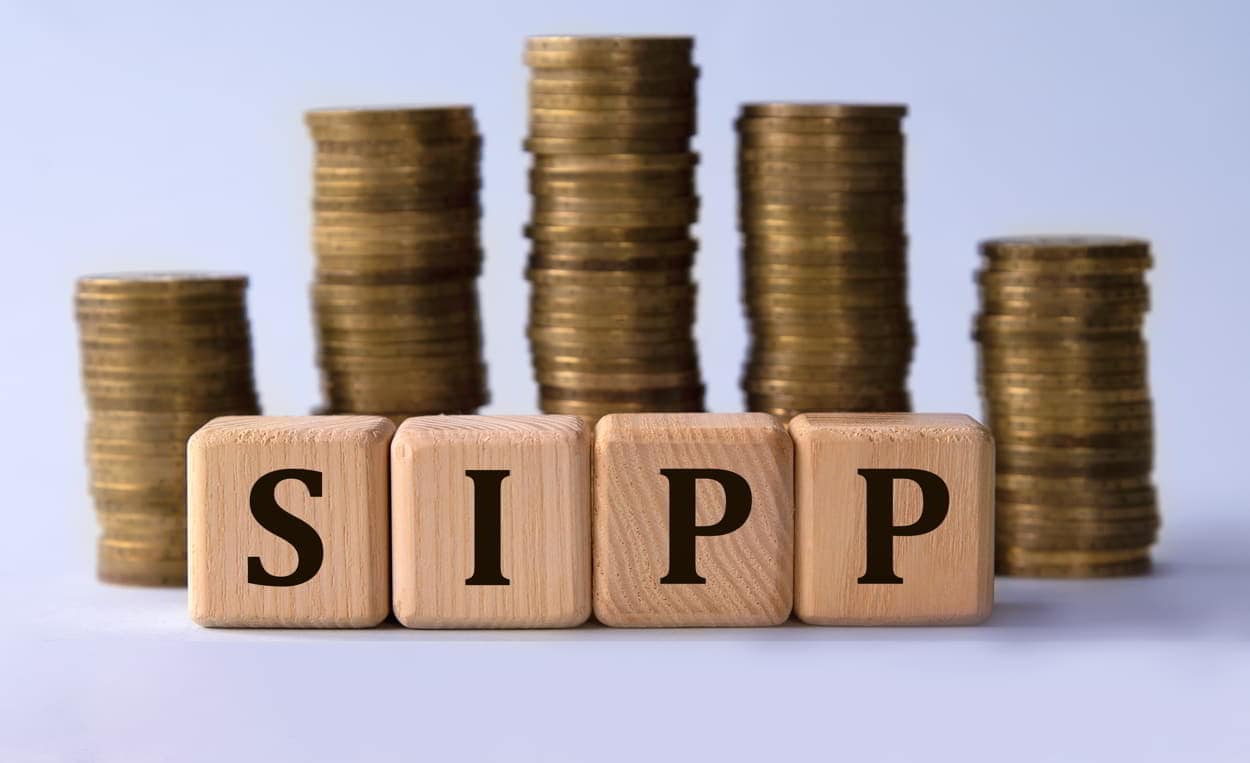Table of Contents
How To Find The Best Pension
The best pension plans are the ones that meet your needs in retirement. How much you put in, costs and performance are important factors. Additionally, it’s crucial to regularly review your pension plans to ensure they align with your evolving financial goals and lifestyle changes. This involves staying informed about the various pension planning and strategies available, which can help optimize your savings for the future. Consulting with a financial advisor can provide valuable insights tailored to your unique situation, empowering you to make the most of your retirement funds.
Quite often friends and clients ask me about the best pension plans and I can understand. Pensions are complicated, even more so since Pension options improved and Pension Freedoms came into play. Understanding the differences between private pensions and workplace pensions is crucial for making an informed decision. Successive Governments have tinkered with the pension rules and regulations time and time again. I started in the Financial Services Industry in 1984 and I can say each year the government has made some sort of change. Sometimes for the better or worse, but usually it adds another layer of complication. Terms such as Flexible Access Drawdown, Lifetime allowance, Fixed Protection, Capped and Flexi Access Drawdown are technical terms that generally confuse the public.
In its simplest form a pension is a savings contract with tax breaks written under pension rules.
The best personal pension?
I’ve been thinking about the answers I have given in the past and to try and provide a straight forward answer is not easy. A pension is not easily tangible as you cannot see it or touch it. There are several distinct types of arrangements available. A simple answer to the question – the best pension plans are the ones that enable you to have the lifestyle in retirement you desire for as long as you and your partner (if you have one) are still alive. There are however several issues you must consider.
Retirement Income from a Pension Fund
It’s fair to say, if your contributions are small, don’t expect to get a great retirement income. The more you put in the more you should get out, especially if you are investing over a long period of time. For many people, the maximum annual amount you can contribute to a pension and get tax relief should be high enough. This is called the annual allowance and is currently is set at £40,000. Depending on your circumstances the maximum amount could be less if you are a high earner or have a lower level of income.
Personal Circumstances
If you are a high earner then the situation might be more complicated. The annual allowance combined with the fact that there is a lifetime allowance (a maximum amount your pension fund can be valued at) could mean that you might need to consider alternative ways of investing for retirement in addition to pensions. Retirement planning does not need to stick with pensions. You could also use Individual Savings Accounts, Investment Accounts or even Venture Capital Trusts or EIS schemes to bridge the retirement gap.
Pension Fund Costs, Performance and Charges
Where you invest and the cost of investing are also important. There can be a significant difference in the costs associated with setting up and running a personal pension arrangement. We would always recommend that you seek Independent Financial Advice from an appropriately qualified person. When exploring your options, it’s crucial to understand different investment strategies for beginners, as they can help you build a solid foundation for your financial future. Additionally, evaluating the potential returns and risks associated with various investment opportunities will enable you to make informed decisions. Engaging with a financial advisor can provide valuable insights tailored to your specific circumstances, ensuring you embark on the right path towards achieving your goals.
Financial Plans for Personal Pensions
Many Financial Planners use software to help you develop your own financial plan. The plan could include how much you need to save into pensions between now and retirement as well as the annual rate of return you need to achieve on your pensions to ensure you have the retirement you would like.
We call this service our lifestyle financial planning service. If you would like to find out more please contact us.
This article is in relation to UK defined contribution pension arrangements such as personal pensions, sipps or Money Purchase pensions.
Types of Pension Plans
When it comes to planning for retirement, there are several types of pension plans to consider. Each type has its own unique features, benefits, and drawbacks. Here are some of the most common types of pension plans:
Self-Invested Personal Pension (SIPP)
A Self-Invested Personal Pension (SIPP) is a type of personal pension that offers you the freedom to choose how to invest your savings. With a SIPP, you have control over your investments and can select from a wide range of assets, including stocks, bonds, and property. This flexibility makes SIPPs particularly popular among self-employed individuals and those who prefer to have a hands-on approach to their retirement planning. By managing your own investments, you can tailor your pension to suit your financial goals and risk tolerance.
Personal Pension Plans
Personal pension plans are another option for saving for retirement. These plans involve selecting a managing company that handles the investment of your contributions. While you may have a limited set of investment options to choose from, you can still benefit from the expertise of the managing company. Personal pension plans are suitable for those who prefer a more hands-off approach, relying on professional management to grow their retirement savings.
Workplace Pension Schemes
Workplace pension schemes are offered by employers to their employees as a way to save for retirement. These schemes allow employees to contribute to their pension pot, with employers often making additional contributions on their behalf. Workplace pension schemes are an excellent way to build retirement savings, especially if your employer offers a generous contribution match. Participating in a workplace pension scheme can provide a solid foundation for your retirement planning.
Pension Fund Options
When it comes to investing your pension fund, there are several options to consider. Here are some of the most common pension fund options:
Investing Your Pension Fund
Investing your pension fund can be a powerful way to grow your retirement savings. You have several options, including stocks, bonds, and property. Alternatively, you can choose to invest in a managed fund, which is overseen by a professional investment manager. Managed funds offer the advantage of professional expertise, potentially leading to higher returns on your investment.
It’s important to remember that investing your pension fund carries some level of risk, and there is always a chance that you could lose some or all of your investment. However, with careful planning and management, you can minimize the risks and maximize the potential returns on your investment.
When selecting a pension fund option, consider your personal financial goals, risk tolerance, and investment horizon. Consulting with a financial advisor or investment professional can provide personalized advice and guidance tailored to your specific needs.
In addition to the types of pension plans and pension fund options mentioned above, there are several other factors to consider when planning for retirement. These include:
Income Tax Relief: Many pension plans offer income tax relief, which can help reduce your tax bill and increase your retirement savings.
Pensions Protection Fund: Some pension plans provide protection against various risks, such as inflation and market volatility.
Other Private Pension Schemes: There are several other types of private pension schemes available, including defined benefit pensions and personal pensions.
Pension Provider: When choosing a pension provider, consider factors such as fees, investment options, and customer service.
Pension Funds: Pension funds are specifically designed for retirement savings and can offer benefits such as diversification, professional management, and potentially higher returns.
By considering these factors and choosing the right pension plan and pension fund options, you can create a comprehensive retirement plan that meets your needs and helps you achieve your financial goals.


